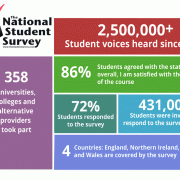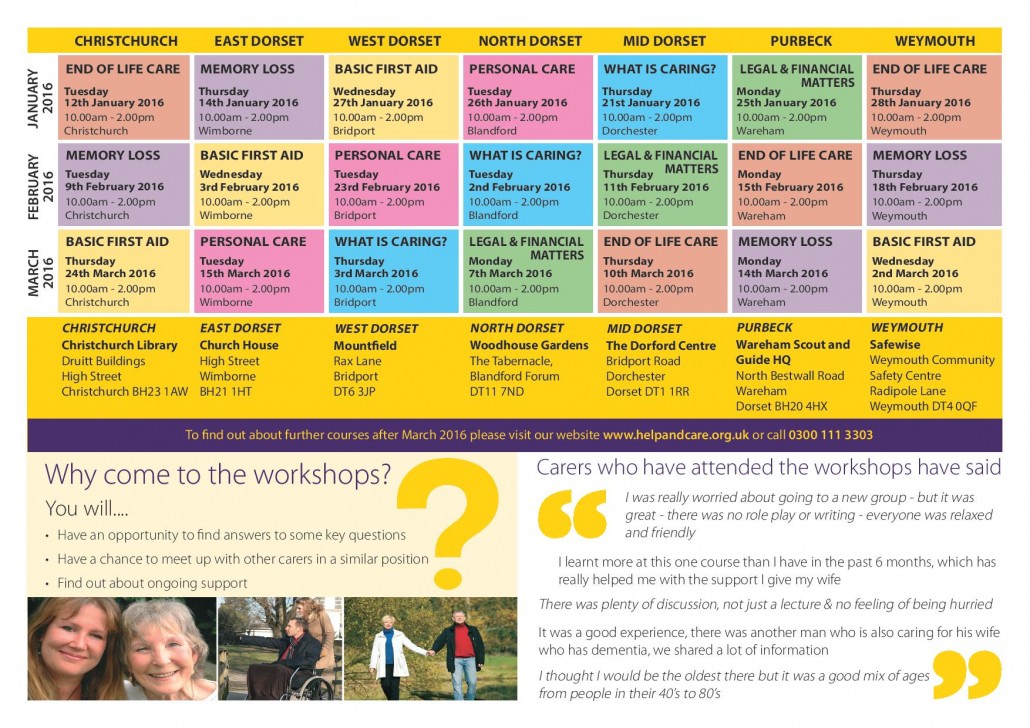If you haven’t already, how do you get started with video marketing? If you do use online video, how do you make it most effective and achieve measurable results?
It really doesn’t have to be complicated, laborious or expensive. In this blog post and the below video, the Chocolate Films Glasgow team shares its ’10 Tips To Win At Online Video’.
1) DEFINE YOUR AUDIENCE

Do you know your audience? Who do you want to reach: where are they – online and offline – what do they like, what are they looking for? You will have to translate your message into a different plot and a different tone depending on your audience.
Targeting your content in the right way is also incredibly important when making and publishing online video. If your audience’s favourite platform is Facebook and they visit pages about healthy living, you’ll want to make a video optimised for Facebook and boost it towards people with that interest.
Do research into your audience. This is your first step towards video success.
2) SET YOUR GOAL

Now you know your audience, what would you like to achieve from them? And how quickly do you want to achieve it? A video to promote your business will likely be quite different from an explainer of your latest product. Thinking about goals is key to video production, as your goal will influence every part of the process – from what story you want to tell, to how you will tell it, how long the video will be and where, when and how it will be published and promoted.
In order to achieve measurable results, you first need to set a clear goal.
3) STRUCTURE YOUR STORY FOR ONLINE

On social media, you have to stop people from scrolling!
Slow burn intros, that look great in cinema documentaries, can be death to social video. Front-load the key information and then develop the story once you’ve caught the audience’s attention.
4) CREATE CONTENT WITH PLATFORMS IN MIND

Optimising for different platforms is something you want to keep in mind when making decisions about video content. Your film will need a different shape and duration to be effective on your website than when being used as part of an Instagram campaign. Based on our years of experience at making online video and measuring results, we recommend the following shapes and durations:
- YouTube: landscape; up to 3 minutes
- Facebook: vertical; up to 2 minutes
- Twitter: square; less than 45 seconds
- Instagram: square; less than 30 seconds
Are you ready for Vertical Video? Read more here.
5) KEEP IT VISUAL

The visuals tell the story. Online video needs to grab attention and to be understood just by looking at it. When someone is scrolling through the feed of their favourite social platform, you have got a great opportunity to reach them with a message that they are truly interested in. But your window of opportunity is short.
Be there, be quick, be attractive, be visual.
6) TURN THE SOUND OFF
 We know this is controversial, and we love to watch a great film with great sound too. But with online video, the use is different. Your audience is not watching from a cinema screen surrounded by an advanced sound system. They are much more likely to be watching your film on the Tube, without headphones and not wanting to disturb other passengers by playing sound from their phones. On Facebook 85% of video content is watched without sound!
We know this is controversial, and we love to watch a great film with great sound too. But with online video, the use is different. Your audience is not watching from a cinema screen surrounded by an advanced sound system. They are much more likely to be watching your film on the Tube, without headphones and not wanting to disturb other passengers by playing sound from their phones. On Facebook 85% of video content is watched without sound!
So turn off the sound and let the visuals tell the story.
7) USE WELL DESIGNED ON-SCREEN TEXT

On-screen text is now arguably more important than interview audio.
It is a great way to get your message across with online video – keep in mind that commuter browsing his phone, it’s him you want to reach. Make the text short and memorable. 60 words per minute, in 10 sections is sensible for social video.
8) MAKE EYE-CONTACT
 Moving away from television content where contributors usually look past the camera, talking directly to camera can build stronger engagement for online video content. It gives the audience the feeling that they are making eye contact with the person on their screens.
Moving away from television content where contributors usually look past the camera, talking directly to camera can build stronger engagement for online video content. It gives the audience the feeling that they are making eye contact with the person on their screens.
When you talk to someone in person you communicate better with eye contact. When you make a presentation, you try to make contact with your audience. When you vlog, talk on Skype or Facetime, you look directly to camera.
So make eye-contact and you’ll make more engaging online videos.
9) BUDGET FOR PAID PROMOTION

Films can go viral. We love those moments when we go online 1 day after a video has been released and we see it has been shared numerous times and has received 100s of organic – unpaid – views. But it is unsafe to rely on unpaid views. On Facebook for example, less than 1% of reach is organic (Squared Online by Google, 2017).
Do set a budget aside for promotion. How much this should be, depends on the platform you are boosting the video on, the size of the audience you want to reach and the popularity of your page. If you decide make a film with us, we can advise on budgets too.
10) TEST, TEST, TEST
 Here’s one of your greatest advantages working with digital content: you can measure the exact amount of impressions – this is how often your content has been seen – clicks, 10-second video views, full views, interactions and more. When using ‘classic’ advertising like a flyer to promote your upcoming event, you don’t know how many people have seen it, have glanced over it before stuffing it away in their bags, or have actually read it.
Here’s one of your greatest advantages working with digital content: you can measure the exact amount of impressions – this is how often your content has been seen – clicks, 10-second video views, full views, interactions and more. When using ‘classic’ advertising like a flyer to promote your upcoming event, you don’t know how many people have seen it, have glanced over it before stuffing it away in their bags, or have actually read it.
So measure and test.
If you see that a specific video format does well on a specific platform, you’ll want to create it again. If next to no-one has clicked the video thumbnail in your newsletter, you’ll want to try something different and not keep spending on what doesn’t work. Online platforms offer free and easy to access analytics. So TEST, TEST, TEST and you’ll find your holy video.
Book a free consultation about Online Video.
 Established in 2009, Roots HR CIC’s vision is to improve social sector outcomes through better people management.
Established in 2009, Roots HR CIC’s vision is to improve social sector outcomes through better people management.


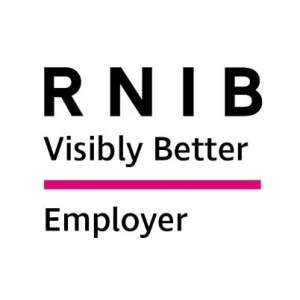





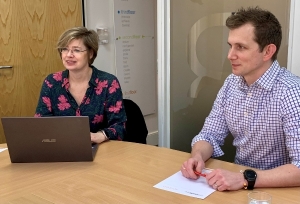

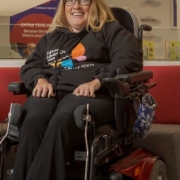






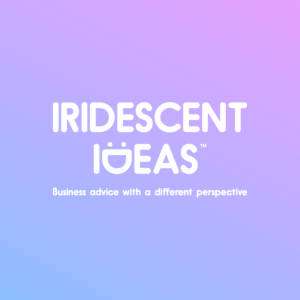




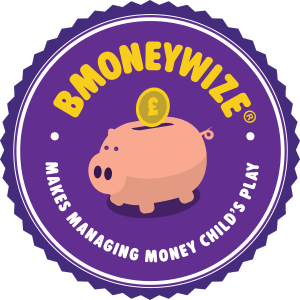
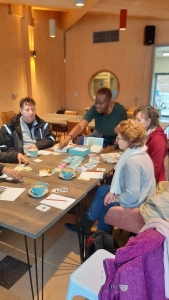
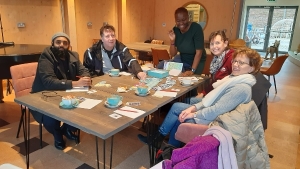
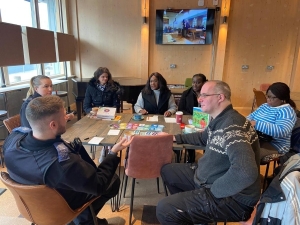




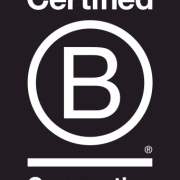






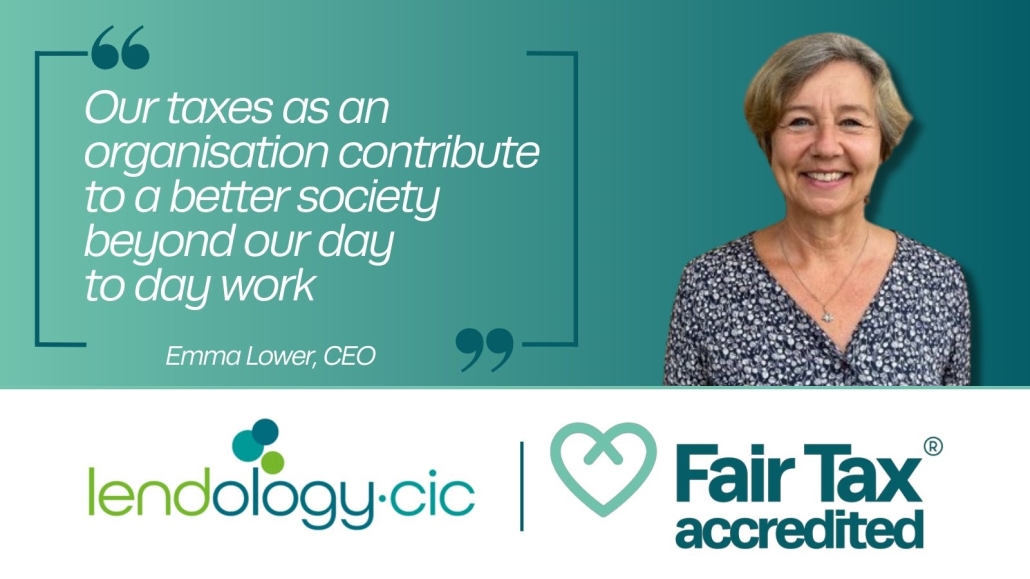






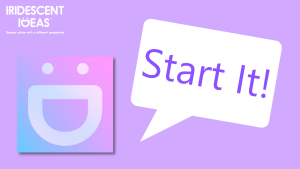

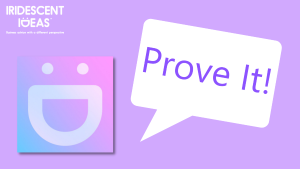





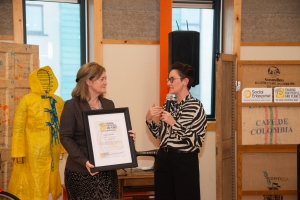



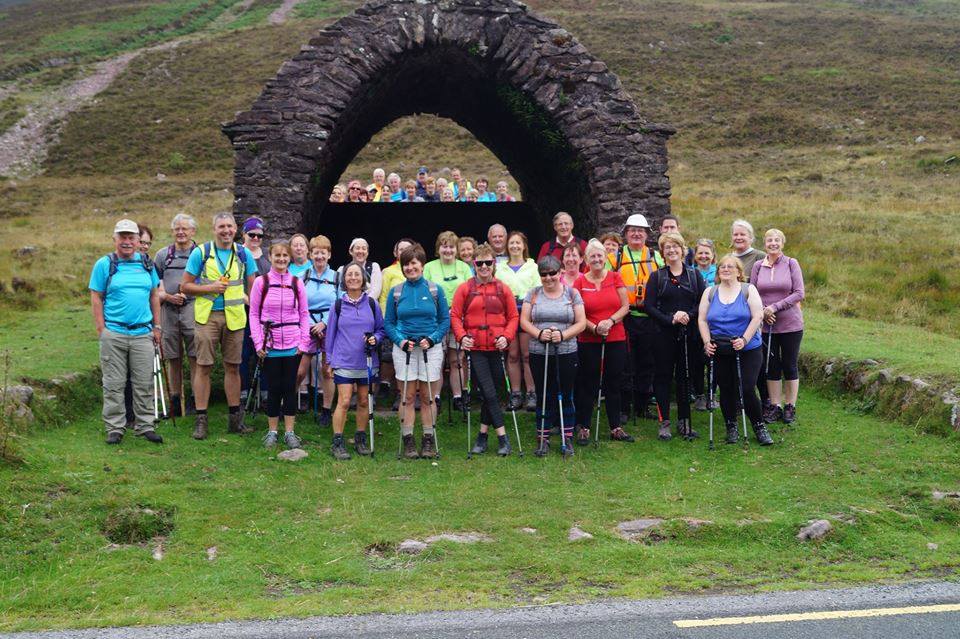



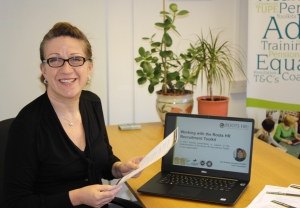




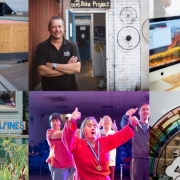


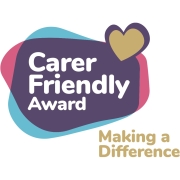














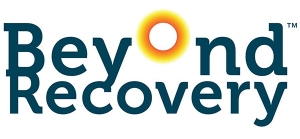

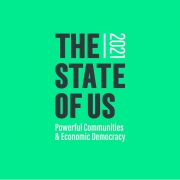














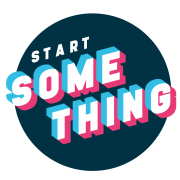







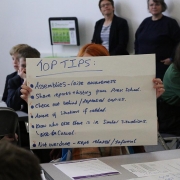






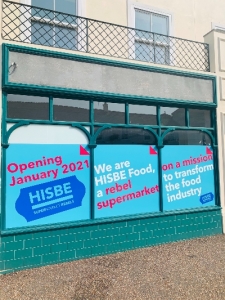













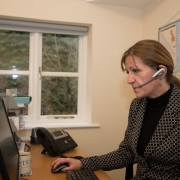






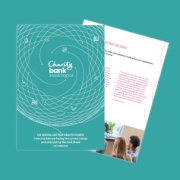





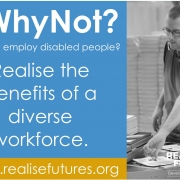






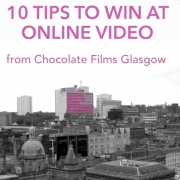





 We know this is controversial, and we love to watch a great film with great sound too. But with online video, the use is different. Your audience is not watching from a cinema screen surrounded by an advanced sound system. They are much more likely to be watching your film on the Tube, without headphones and not wanting to disturb other passengers by playing sound from their phones. On Facebook 85% of video content is watched without sound!
We know this is controversial, and we love to watch a great film with great sound too. But with online video, the use is different. Your audience is not watching from a cinema screen surrounded by an advanced sound system. They are much more likely to be watching your film on the Tube, without headphones and not wanting to disturb other passengers by playing sound from their phones. On Facebook 85% of video content is watched without sound!
 Moving away from television content where contributors usually look past the camera, talking directly to camera can build stronger engagement for online video content. It gives the audience the feeling that they are making eye contact with the person on their screens.
Moving away from television content where contributors usually look past the camera, talking directly to camera can build stronger engagement for online video content. It gives the audience the feeling that they are making eye contact with the person on their screens.
 Here’s one of your greatest advantages working with digital content: you can measure the exact amount of impressions – this is how often your content has been seen – clicks, 10-second video views, full views, interactions and more. When using ‘classic’ advertising like a flyer to promote your upcoming event, you don’t know how many people have seen it, have glanced over it before stuffing it away in their bags, or have actually read it.
Here’s one of your greatest advantages working with digital content: you can measure the exact amount of impressions – this is how often your content has been seen – clicks, 10-second video views, full views, interactions and more. When using ‘classic’ advertising like a flyer to promote your upcoming event, you don’t know how many people have seen it, have glanced over it before stuffing it away in their bags, or have actually read it.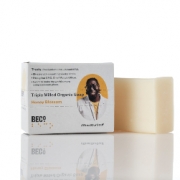
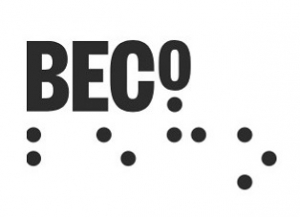





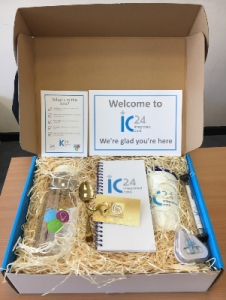




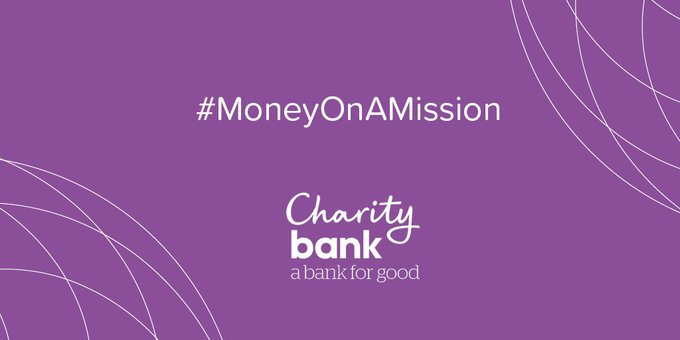



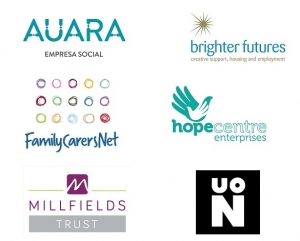


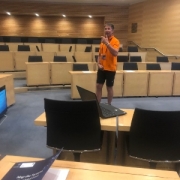





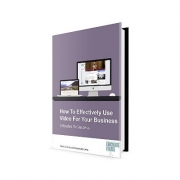


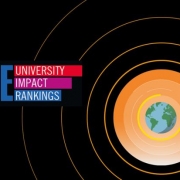


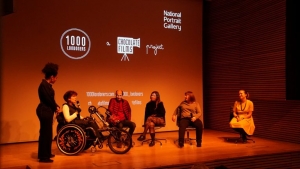
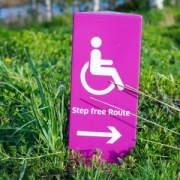








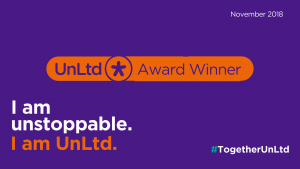
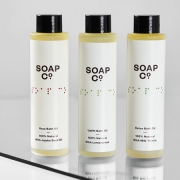












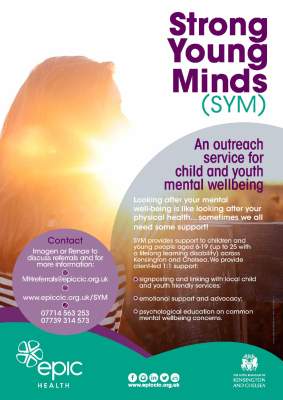







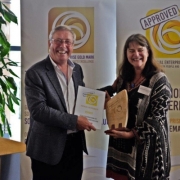




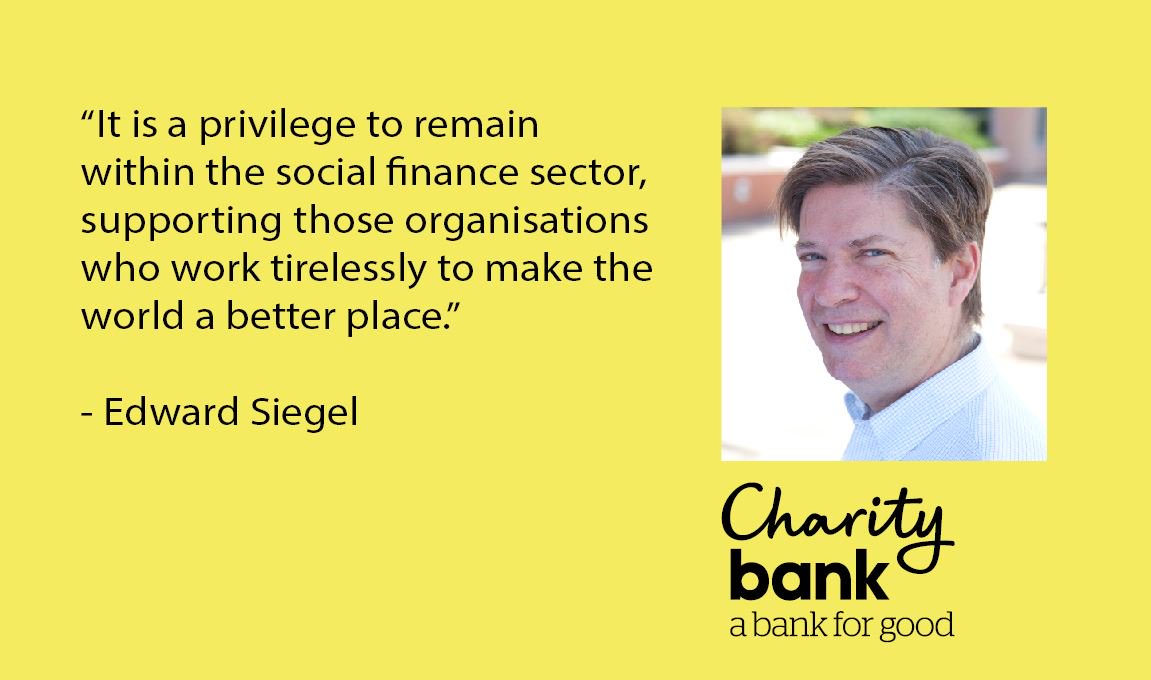

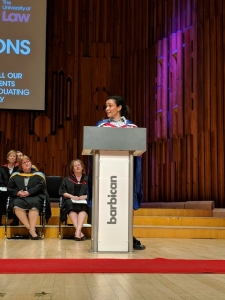

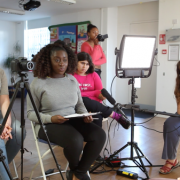



















































 I started to write this blog at the start of the year. Normally this is a time most people take stock and ask how can we BE and DO better? However, within our social care sector, this reappraisal is not new, but rather ongoing, and insidious. We are constantly being asked, how we can DO better. For many services this has resulted in cutting back, and prioritising profitability.
I started to write this blog at the start of the year. Normally this is a time most people take stock and ask how can we BE and DO better? However, within our social care sector, this reappraisal is not new, but rather ongoing, and insidious. We are constantly being asked, how we can DO better. For many services this has resulted in cutting back, and prioritising profitability.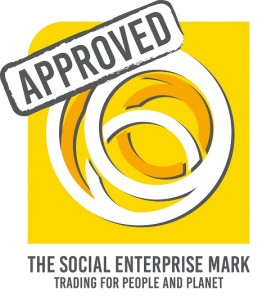







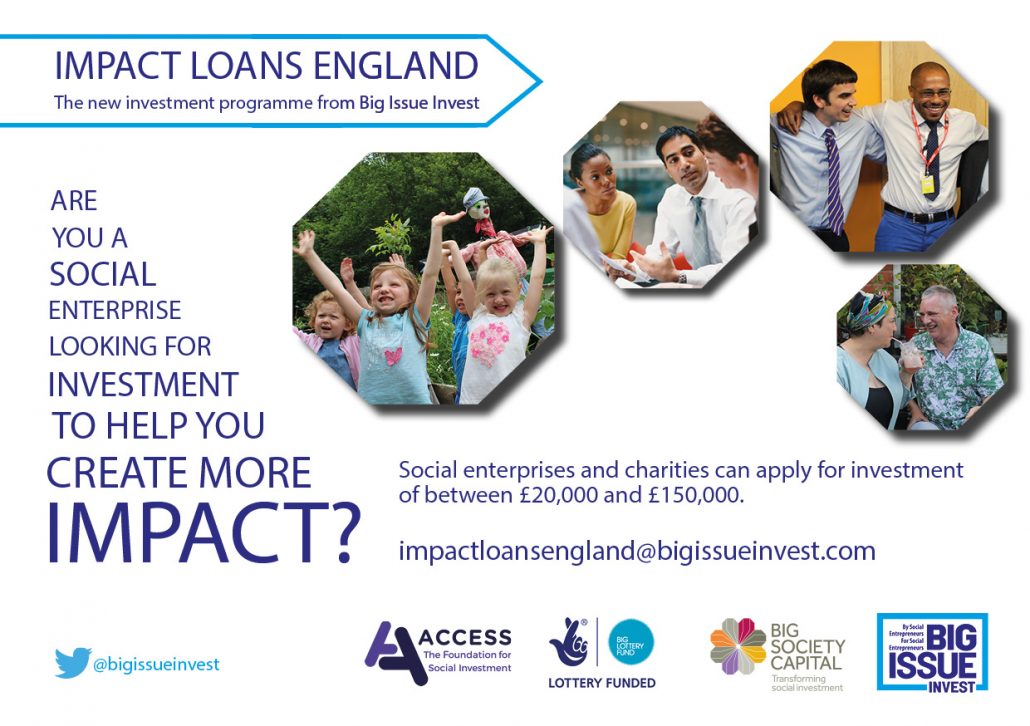


















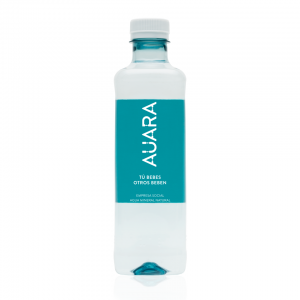 AUARA seeks to turn the everyday act of drinking water into an extraordinary act – to bring clean drinking water to those who have no access to it.
AUARA seeks to turn the everyday act of drinking water into an extraordinary act – to bring clean drinking water to those who have no access to it.